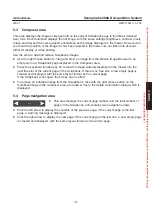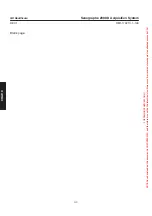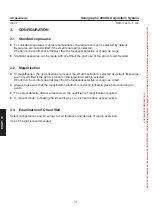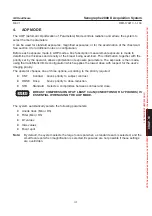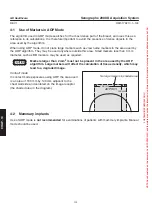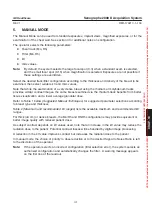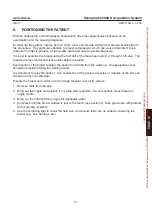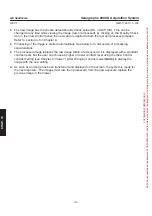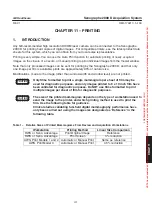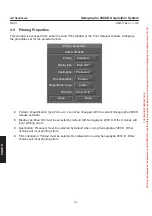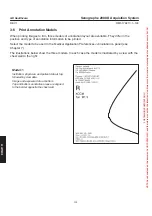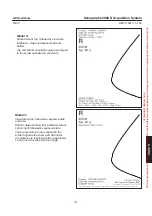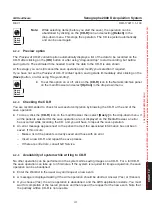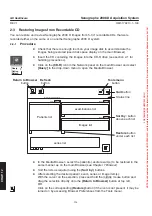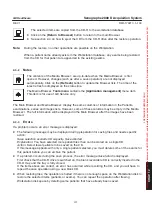
GE Healthcare
Senographe 2000 D Acquisition System
REV 1
OM 5179217–1–100
123
CHAPTER 11 – PRINTING
1.
INTRODUCTION
Any GE-recommended high resolution DICOM laser camera can be connected to the Senographe
2000 D for printing hard copies of digital images. For compatible printers, see the latest product data
sheets for this system, which you can obtain from your local sales representative.
Printing is very simple. You can use the Auto Print function for automatic printing of newly acquired
images on the closure of an exam, or manual printing to print individual images from the Viewer window.
Note that only processed images can be sent for printing by the Senographe 2000 D, and that only
one image per film is available; prints are approximately 95% of natural size.
Modifications made to the image (other than window width and window level) are not printed.
Only films formatted to print a single mammogram per sheet of film may be
used for diagnostic purposes, and only images printed to 8 x 10 inch film have
been validated for diagnostic purposes. Do NOT use films formatted to print
multiple images per sheet of film for diagnostic purposes.
The size of the printed mammogram depends on the type of workstation used to
send the image to the printer, and which printing method is used to print the
film. Use the following table for guidance.
Clinical studies validating full–field digital mammography performance have
only been carried out using the image size designated as ’Reference’ in the
following table.
Table 1 – Relative Sizes of Printed Mammograms From Review and Acquisition Workstations
Workstation
Printing Method
Linear Size Comparison
RWS or Seno. Advantage
Print Original Image
Reference
RWS or Seno. Advantage
Print Screen
3% reduction
AWS, Print Models 1 and 2 Automatic or Manual Print
Same as reference
AWS, Print Model 3
Automatic or Manual Print
4.5% reduction
CHAP
. 1
1
CAUTION
CAUTION
FOR
TRAINING
PURPOSES
ONLY!
NOTE:
Once
downloaded,
this
document
is
UNCONTROLLED,
and
therefore
may
not
be
the
latest
revision.
Always
confirm
revision
status
against
a
validated
source
(ie
CDL).

